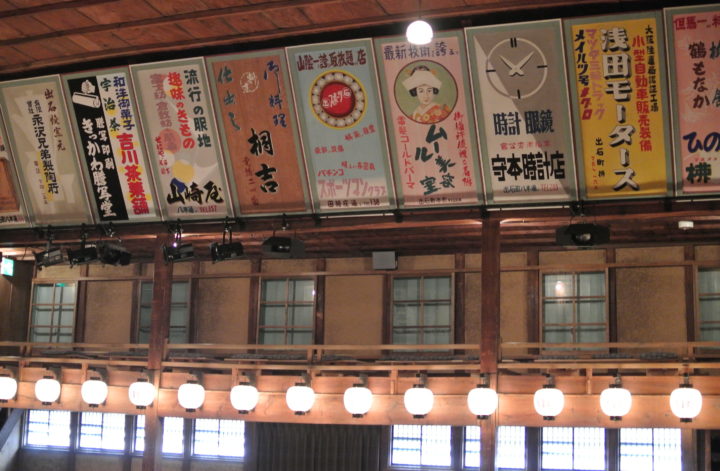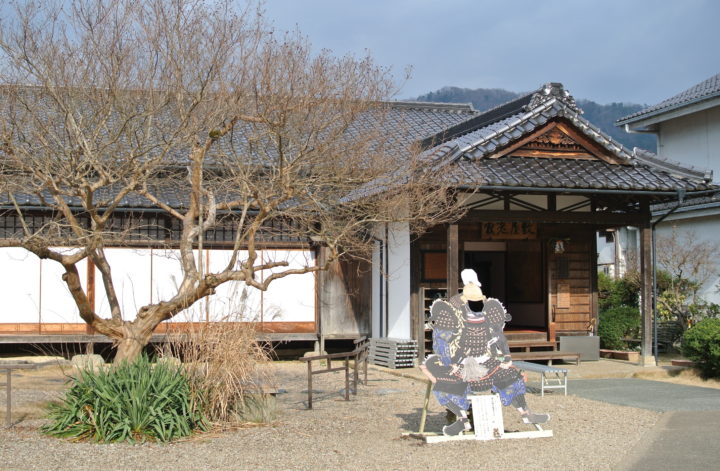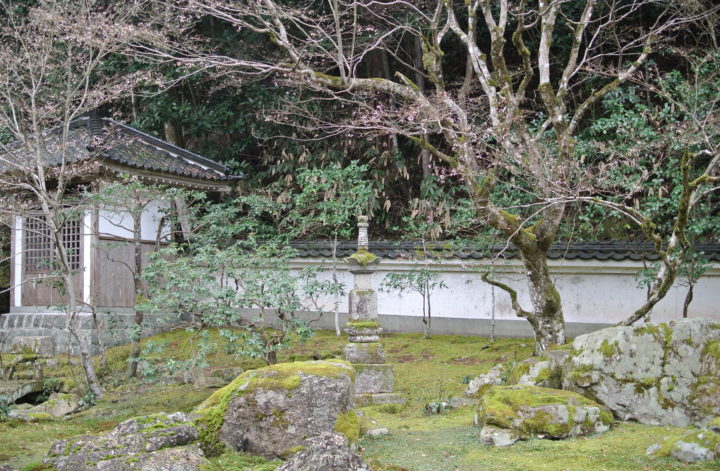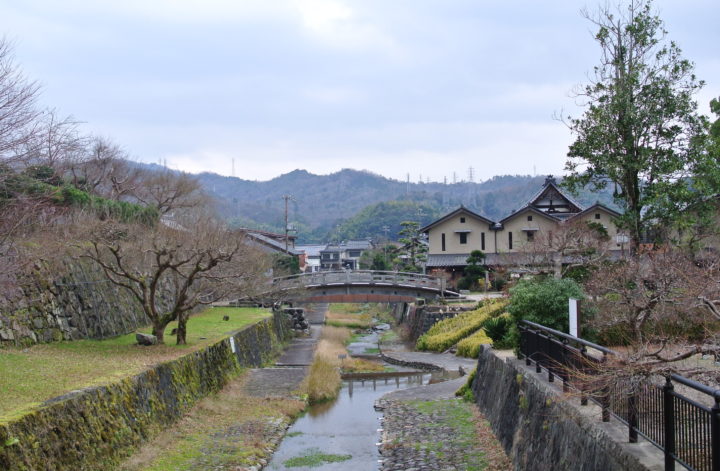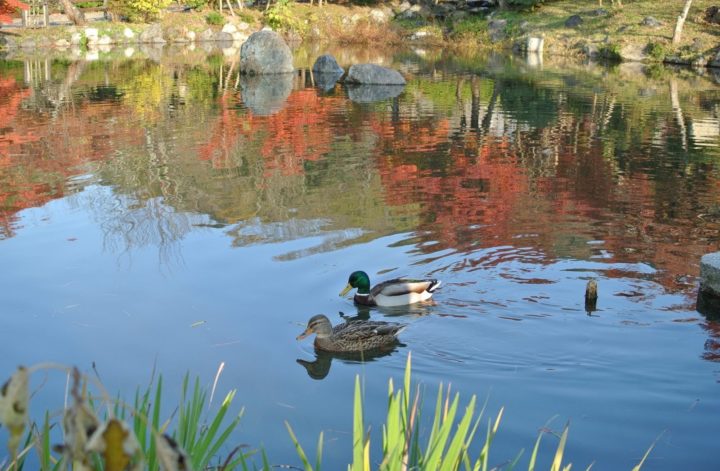Away from Main Street, it was quiet again. There are narrow str […]
Kansai
Posted on:
Izushi: Main Street and Samurai House
After leaving Sukyoji Temple, I walked toward Main Street. On t […]
Kansai
Posted on:
Izushi: History & Academy Walk and Sukyoji Temple
I walked down a pathway called History and Academy Walk at the […]
Kansai
Posted on:
Izushi: Izushi Castle Ruins and Shrines
I went on a trip to Izushi. My mother and my maternal ancestors […]
Kansai
Posted on:
Kitano, Kobe and cherry blossoms
I took a train to downtown Kobe and walked up to Kitano. The ch […]
Kansai
Posted on:
Maruyama Park, Kyoto
Maruyama Park is the oldest park in Kyoto. It is next to Yasaka […]
